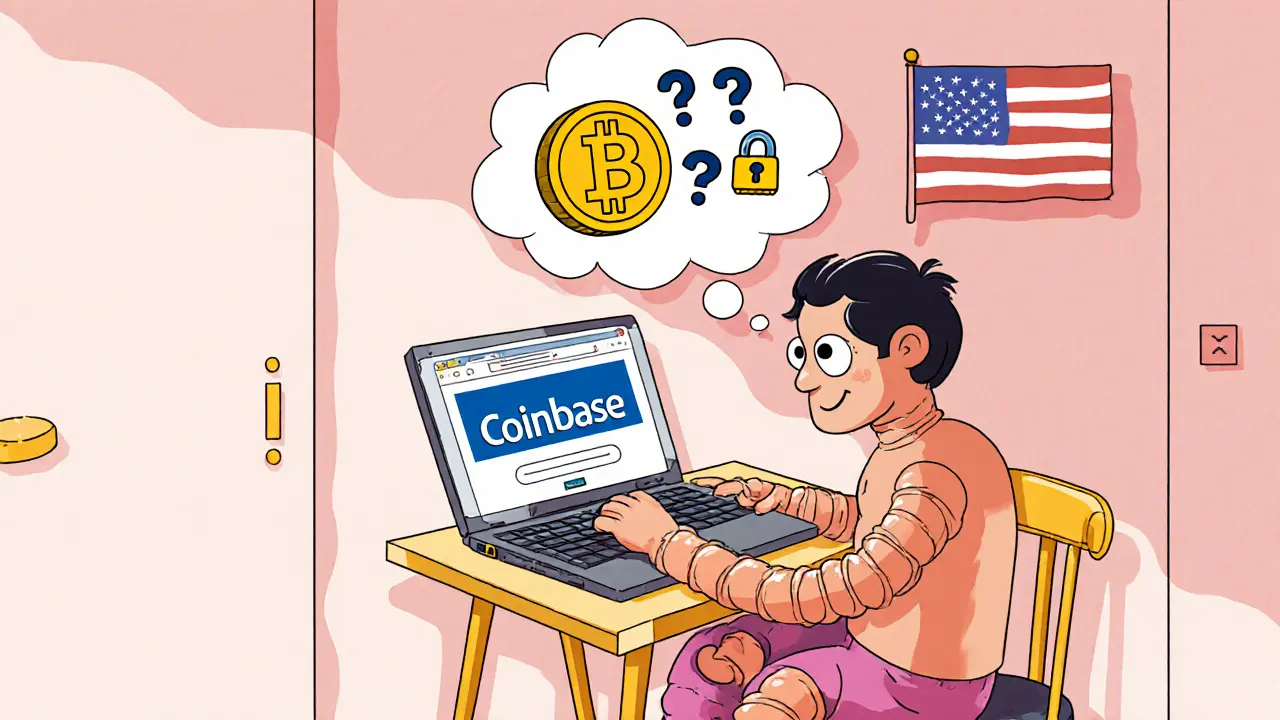Coinbase fees – what you need to know
Coinbase fees are the charges you pay each time you buy, sell, or move crypto on the platform. Coinbase fees include a spread on the market price and a separate transaction fee that varies by payment method Coinbase transaction costs can eat into your profit, especially on small trades. Understanding them means looking at the bigger picture of the cryptocurrency exchange a platform where users buy, sell, or trade digital assets ecosystem. Most exchanges use a transaction fee a charge applied to each completed trade that is split into maker and taker components. A maker fee the lower fee paid when you add liquidity to the order book usually costs less than a taker fee the higher fee charged when you remove liquidity by matching an existing order. Coinbase combines these ideas into a single line item, but the underlying mechanics are the same. The fee structure also reacts to the payment method you choose – a bank transfer is cheaper than a credit‑card purchase because the risk and processing cost differ. Because fees are expressed as a percentage of the trade value, larger transactions tend to have a lower effective rate, a principle known as volume‑based discounting. This discount tier is common across many cryptocurrency exchanges, making competition a key driver of fee changes. When the market sees new entrants offering lower spreads, Coinbase often adjusts its pricing to stay competitive, which means the fee you see today might be lower tomorrow. Knowing how these pieces fit together helps you predict when a fee drop is likely and plan your trades accordingly.
Beyond the basic fee schedule, several related concepts affect what you actually pay. Priority fees optional tips that speed up Bitcoin or Ethereum transactions are a separate cost that can appear on top of Coinbase fees when you move funds on‑chain. If you’re using a stablecoin like USDC on Coinbase, the stablecoin fee often includes a network fee that the exchange passes through to you, which can be higher during network congestion. Our collection includes a deep dive into how priority fees work on Bitcoin and Ethereum, showing when it makes sense to add a tip and when you can skip it. Another factor is the withdrawal fee the charge for sending crypto out of Coinbase to an external wallet, which varies by coin and can differ dramatically from the trading fee. Some users avoid this cost by keeping assets on the exchange, but that adds custody risk – a trade‑off worth considering. The fee landscape also changes with regulatory updates; for example, new AML rules in certain jurisdictions can raise verification costs, indirectly influencing the fees you pay. By keeping an eye on these related fees, you can spot hidden expenses that would otherwise shrink your returns.
What to expect in the article collection below
Below you’ll find a curated set of articles that break down each of these fee types and show you how to compare Coinbase’s pricing with other platforms. There’s a practical guide on decoding the fee table, a walkthrough of priority fees and miner tips, and an analysis of withdrawal costs across major coins. We also cover exchange‑level fee comparisons, so you can see how Coinbase stacks up against lower‑cost rivals. Whether you’re a beginner who just opened a Coinbase account or a seasoned trader looking to shave off every basis point, the resources will give you actionable insights to keep more of your crypto.

Coinbase Review 2025: Security, Fees & User Experience
Caius Merrow Jun, 7 2025 5A 2025 Coinbase review covering security, fees, user experience, regulation and future outlook to help you decide if the exchange fits your needs.
More Detail